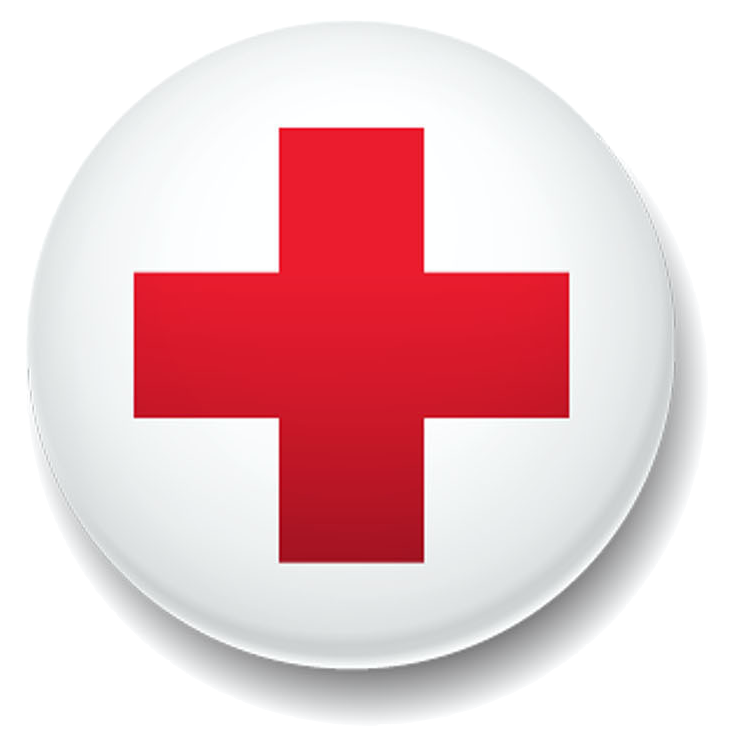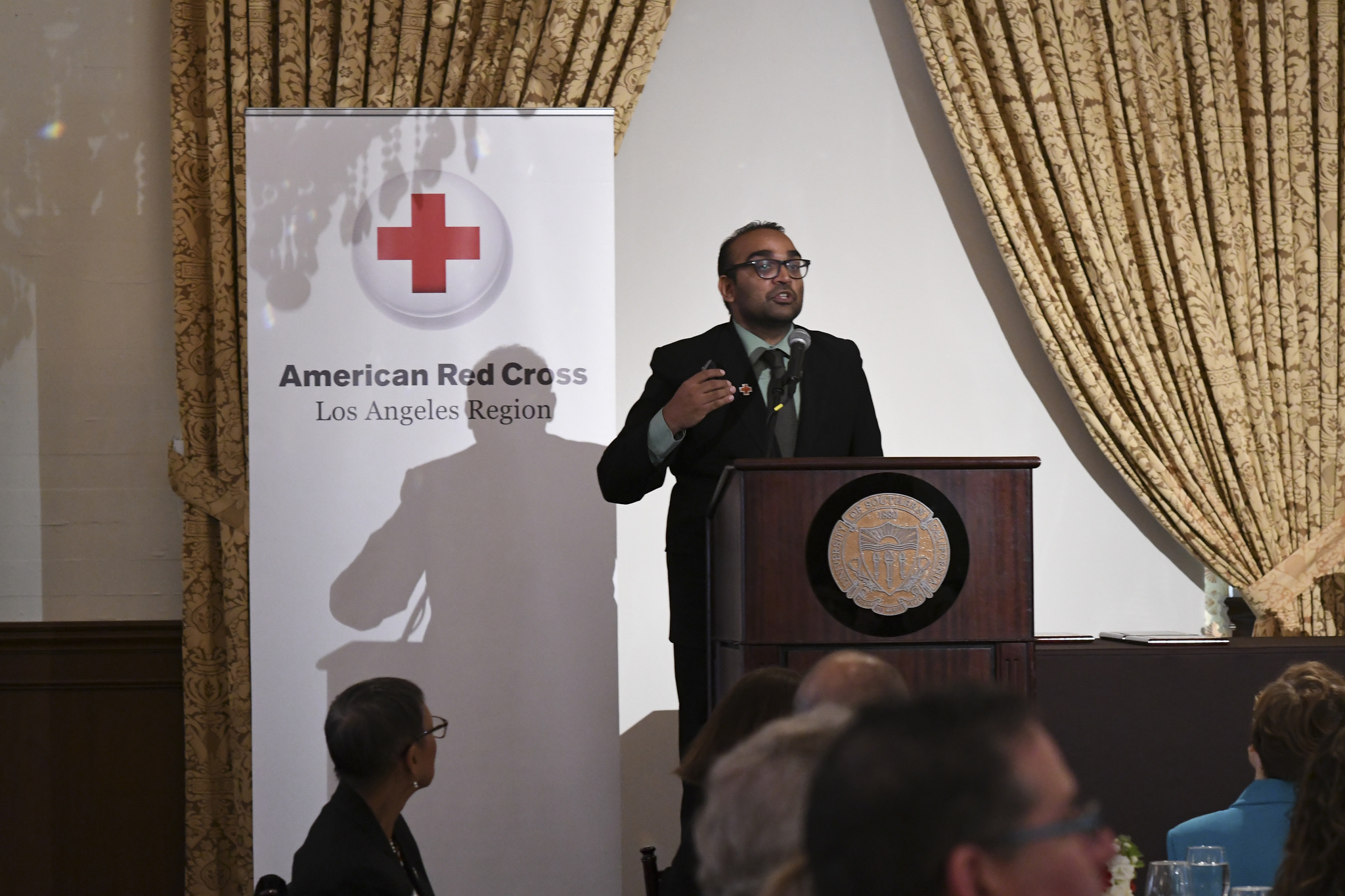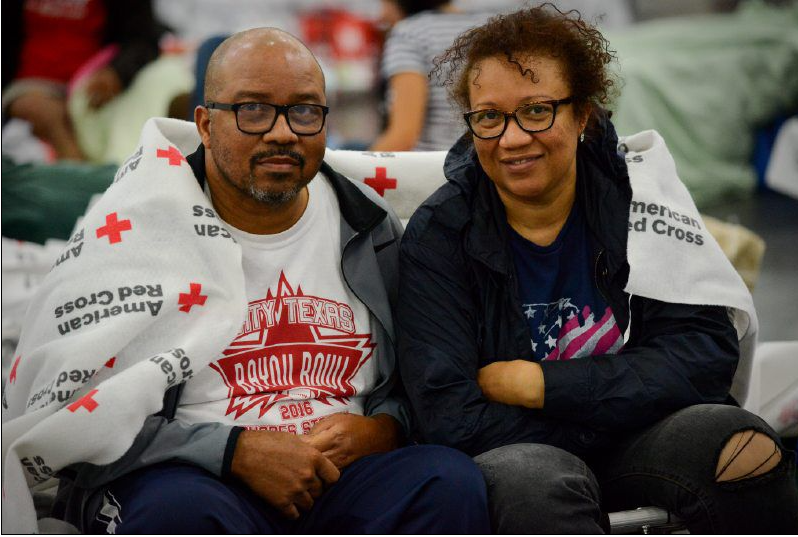By Ashley Henyan
On June 21, 2018, Sonny Patel delivered a powerful keynote address to hundreds of Red Cross volunteers, staff, board members and partners at the Red Cross Los Angeles Region’s 102nd Annual Meeting. After the event, we had the chance to sit down with the NIH Global Health Scholar and Harvard Humanitarian Initiative Fellow, to discuss resiliency and PrepareLA.
Tell us what you have been working on, most recently?
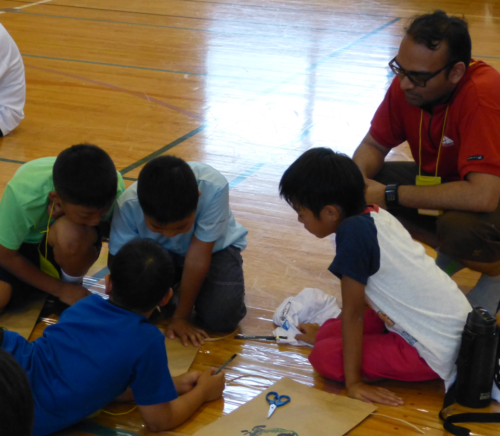
I have just returned from a year of fieldwork in South Africa, working in HIV prevalent urban and rural communities—looking at the importance of social support and community cohesion and how it plays a factor to positive experiences. This work stems out of my community resilience work with disaster-affected communities, specifically with the 2013-14 severe flooding in UK, the 2011 Fukushima disaster in Japan, and the 1986 Chernobyl Nuclear Power Plant Disaster in modern-day Ukraine, Belarus, Moldova, and Russia.
Working in pre and post disaster communities, what have you observed? Any common elements or characteristics?
There are several common elements, one being the effort of volunteers. Individuals and groups who deploy, like Red Cross volunteers, make an extraordinary difference in helping a community back on a positive path of functioning after a disaster. It is a global effort to make a difference and the work done by volunteers can have long-lasting positive effects in disaster-affected communities.
What can be done before a disaster, to help reduce the devastation and destruction that occurs in many communities after a disaster?
This is really where the essence of community resilience lies. We want to be proactive against a disaster, and not totally reliant to reacting when one hits a community—which can be a problematic thing to say when dealing with disasters. The trouble with community resilience, at least academically, is that we tend to fall back to generic broad meanings of community resilience. But, we’ve seen the essence of community resilience, glimpsed it among community members after a disaster hits. For example, it can be seen through the uplifting supportive community spirit and the seamless flow of communication and resources spreading within the community.
One important thing, as I mentioned, is having volunteers ready to help. This said, I believe sharing and transferring knowledge (for example, training and building capacity within a community) is a key component to generating sustainable change in the area of community resilience. We have strong evidence-based and implementation sciences to help identify vulnerabilities in communities. And, we can use this knowledge to strengthen communities before a disaster. Additionally, utilizing advancements in technology, we can get a pre-warning for most natural disasters. With this, we can build infrastructure and implement training practices before a disaster strikes.
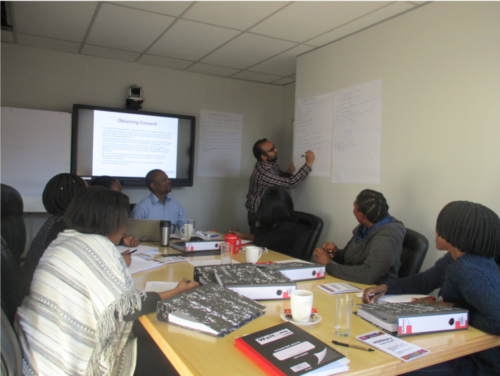
Do you see any of these strategies at work, specifically with the Red Cross Los Angeles Region’s PrepareLA campaign?
Prepare LA and other good community-based initiatives around the world build upon the notion that we need to be proactive, and even preventative, to the impacts of disasters. I applaud the great work the Red Cross team in LA has done and urge a continuation toward building more resilient communities in Los Angeles. This work is very much needed because initiatives like PrepareLA allow communities to build and grow a foundation against a disaster.
If you could name the most essential components to building resilient communities, what would they be?
There are hard truths with resilient communities that we absolutely know we need to build in a community before a disaster—and if not before, then absolutely after a disaster in preparation for the next one. There is a big list of them, but we are already aware of most of the items on the list from disaster response work and research in disaster risk reduction. I can highlight my top three that tend to be overlooked:
1) Community engagement. We cannot begin any work with a community if a community and its members do not want to prepare against disaster. They have to be ready to do their part; as well as the partnering organizations ready to do their part to support activities and foster trusting working relationship. Building mutual trust is very important when working with a community – trust is key.
2) Knowledge transfer – this goes for everyone, including Red Cross staff and volunteers. We can learn so much from working and helping in disaster-affected communities. But, how can we ensure that the knowledge we learn from one disaster can be applied to the next disaster – especially if we do not live in the affected community? The answer is sharing and transferring knowledge
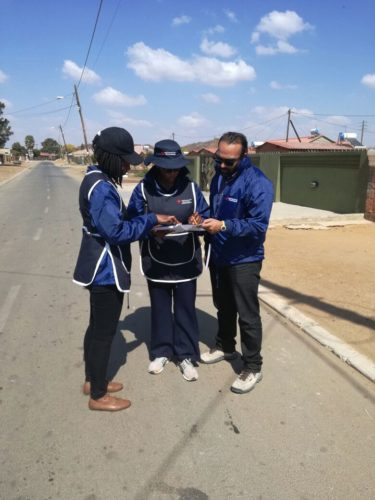
to ensure the knowledge remains in the disaster-affected communities. Tell others about your experiences and think about training what you know to others in the community before you leave. Alternatively, write down what you know and learn and pass it along especially before leaving the community, so we can all move in an onward and upward direction, as a global community.
3) Keep activities simple – make it practical. Often times, changes in a community challenges the status quo – and because of this challenge, many think we must innovate something fancy or even something new to assist a community. But, in most communities, especially in the U.S., there are existing infrastructure and networks ready to be tapped into and utilized. Many times, these are just waiting for a dedicated, patient and trustworthy team to guide and support—teams like those heading up the Prepare LA initiative.
Anything else you would like to share?
I believe the idea of community resilience is strongest when it retains a sense of practicability. The idea that a community can be self-reliant, but more importantly, an active, engaged community with the deep local knowledge necessary to follow a positive trajectory of functioning and well-being after a disaster: this is the essence of community resilience. We should harness this essence and apply what we know, empowering communities with the tools and resources necessary to prepare for and prevent against emergencies and disasters.
 Sonny Patel is a U.S. National Institute of Health’s Fogarty Global Health Scholar and Research Fellow at the Harvard Humanitarian Initiative. Previously, he was a researcher at the UK National Institute for Health Research’s Health Protection Research Unit in Emergency Preparedness and Response at King’s College London. He received his Bachelor’s from University of California, Berkeley and his Master’s in Public Health from University of Southern California. His 2017 article, “What Do We Mean by ‘Community Resilience’? A Systematic Literature Review of How It Is Defined in the Literature,” can be read, here.
Sonny Patel is a U.S. National Institute of Health’s Fogarty Global Health Scholar and Research Fellow at the Harvard Humanitarian Initiative. Previously, he was a researcher at the UK National Institute for Health Research’s Health Protection Research Unit in Emergency Preparedness and Response at King’s College London. He received his Bachelor’s from University of California, Berkeley and his Master’s in Public Health from University of Southern California. His 2017 article, “What Do We Mean by ‘Community Resilience’? A Systematic Literature Review of How It Is Defined in the Literature,” can be read, here.
